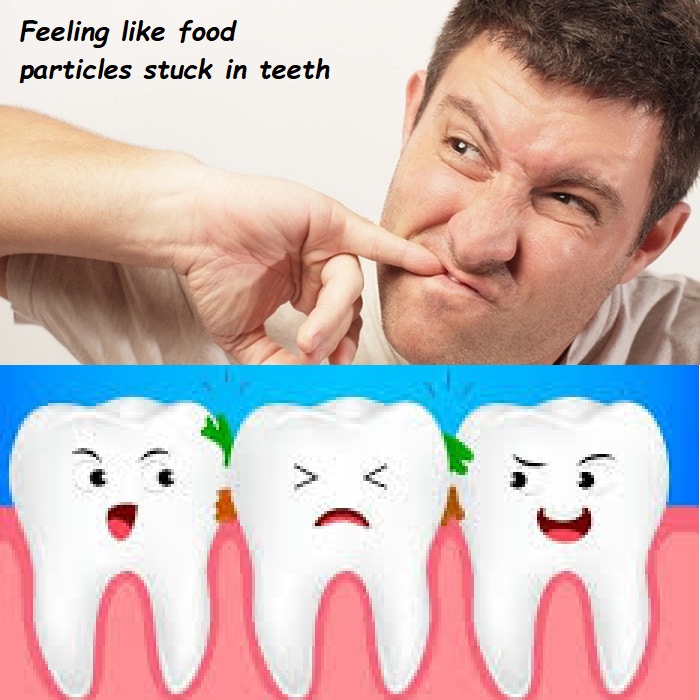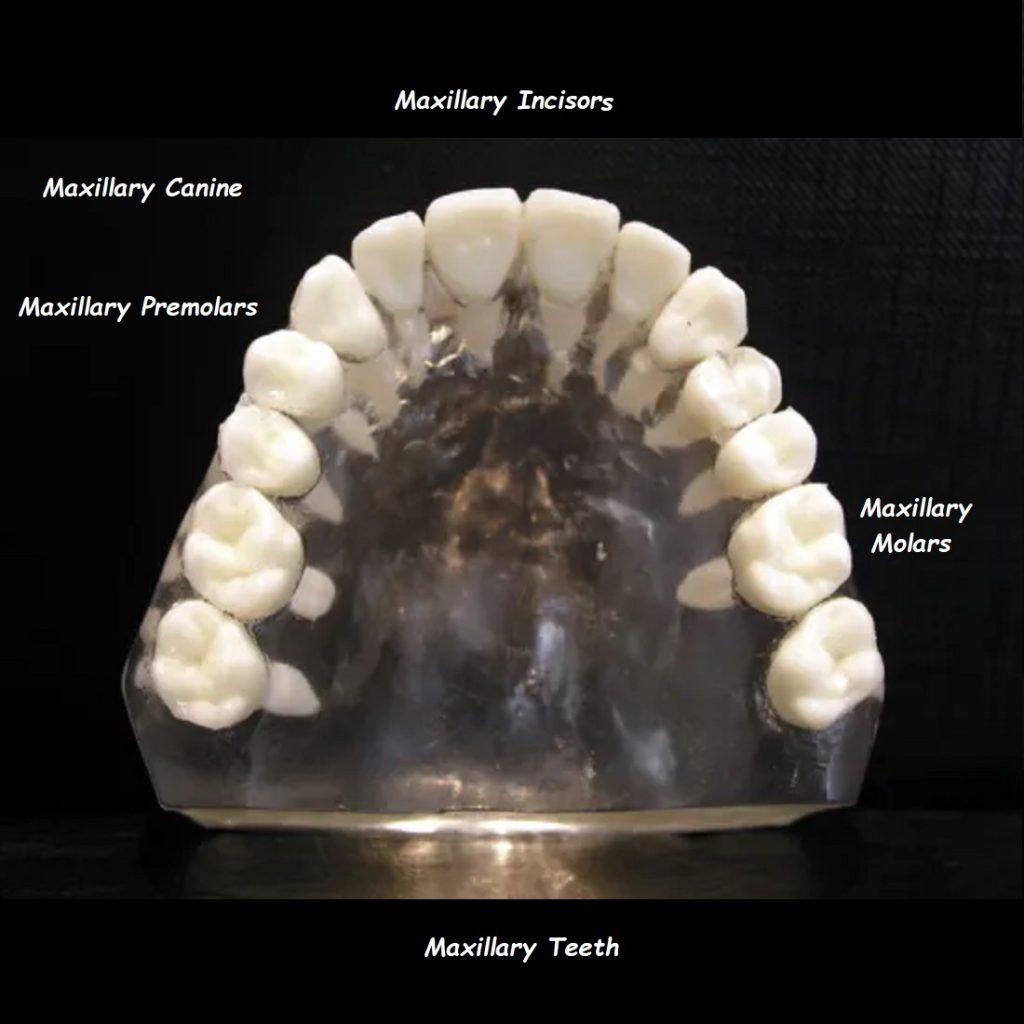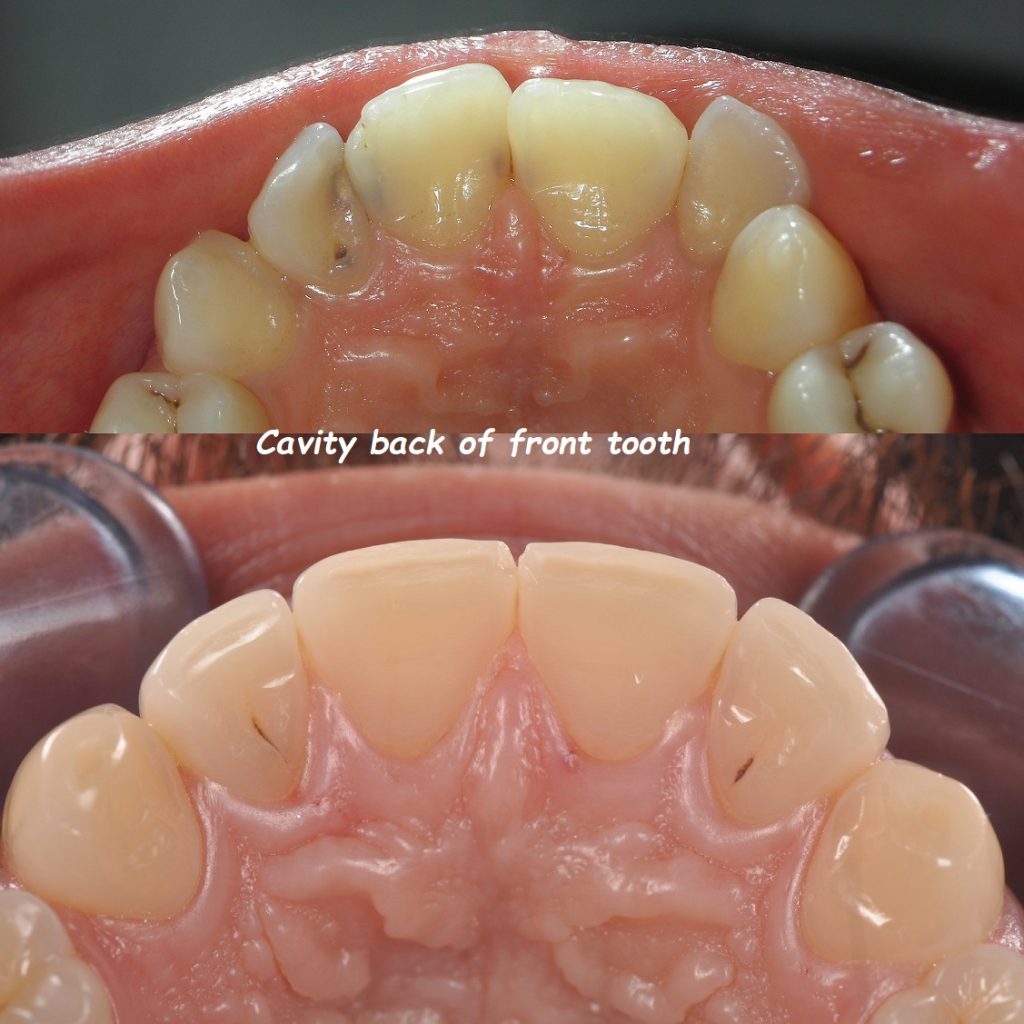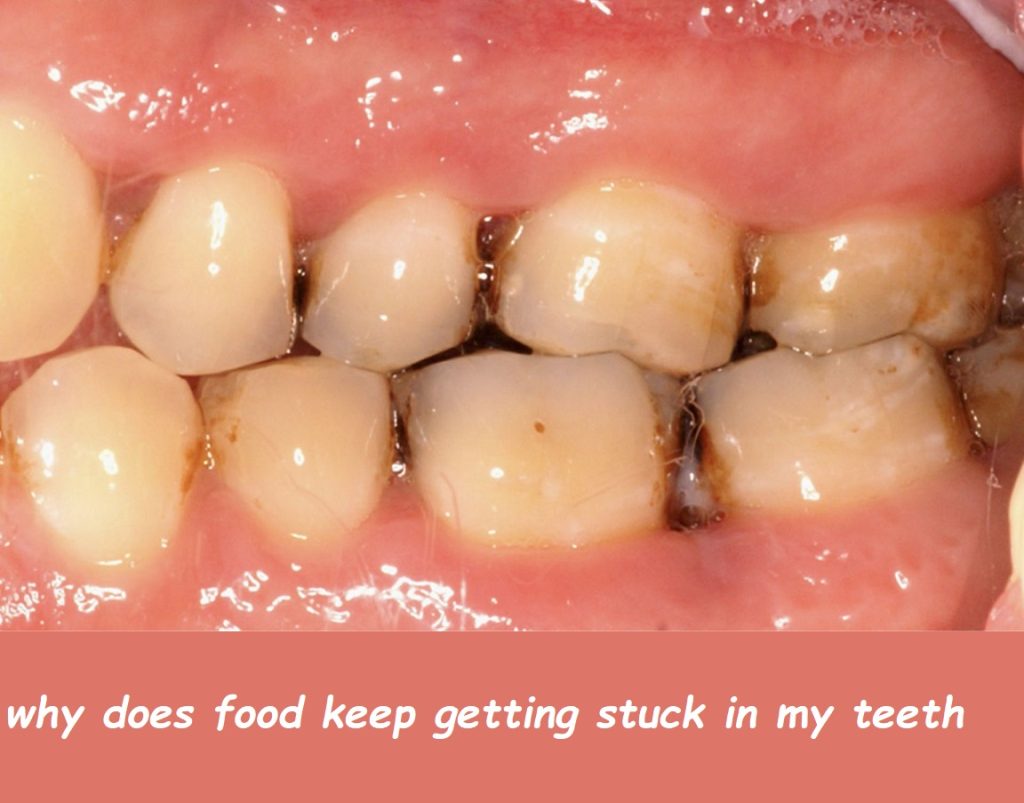resin based composite two surfaces posterior
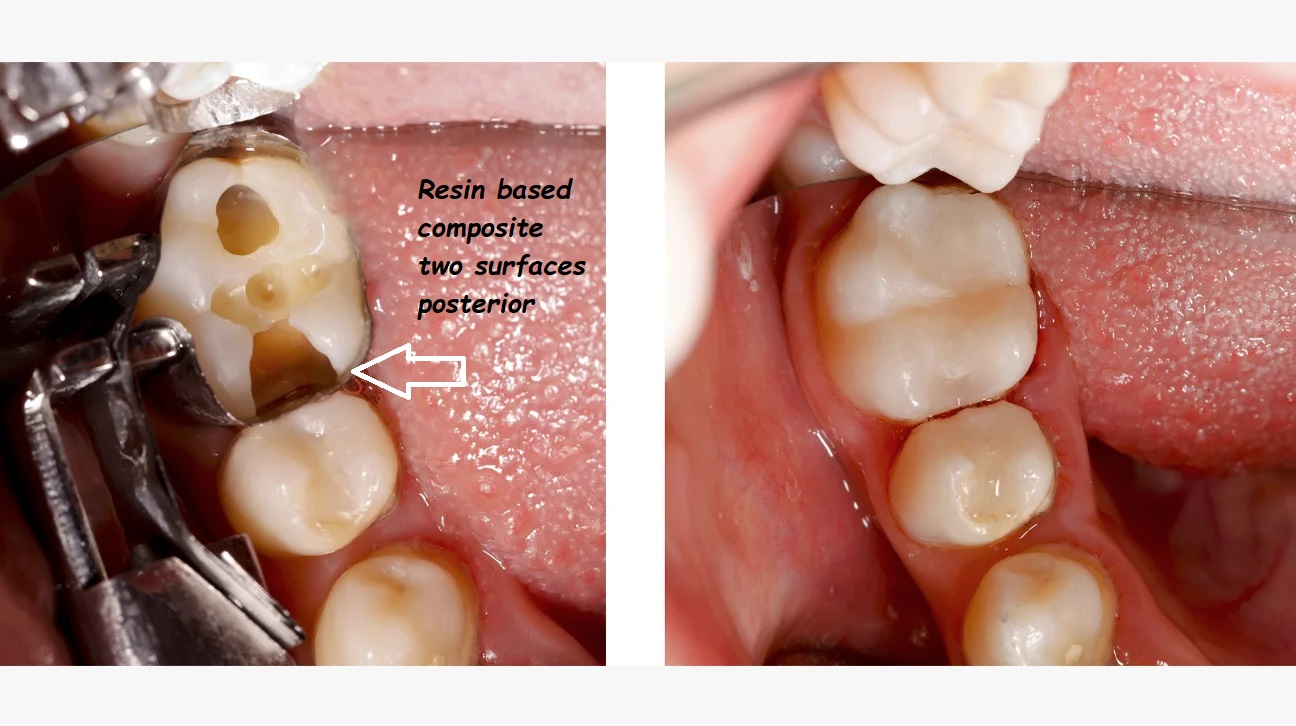
Resin-Based Composite for Two Surfaces on Posterior Teeth: A Guide to Modern Dental Restorations
When it comes to dental restorations, resin-based composites have become a popular choice for patients and dentists alike, especially for treating cavities or damage on posterior (back) teeth. These composites are not only durable but also offer a natural-looking solution for restoring the function and appearance of molars and premolars. If you’re facing a dental procedure that involves a resin-based composite for two surfaces on a posterior tooth, it’s essential to understand what this treatment entails and why it might be the best option for you.
In this comprehensive guide, we’ll explore everything you need to know about resin-based composites used for two surfaces on posterior teeth, including the benefits, the procedure, and how to care for your restored teeth. By the end of this article, you’ll have a clear understanding of what to expect from this common dental treatment and how it can help maintain your oral health.
What Is a Resin-Based Composite?
A resin-based composite is a tooth-colored material made of a mixture of plastic and fine glass particles. It’s commonly used in dental restorations to repair cavities, cracks, chips, or other forms of damage to teeth. The composite is applied in layers, hardened using a special light, and then shaped and polished to match the natural appearance of your tooth.
Resin-based composites are particularly favored for their aesthetic appeal, as they blend seamlessly with the surrounding teeth, making the restoration nearly invisible. This makes them an ideal choice for both anterior (front) and posterior (back) teeth, though they are especially advantageous in areas where appearance is a concern.
Key Features of Resin-Based Composites:
- Natural Appearance: The composite material can be closely matched to the color of your natural teeth, providing a more aesthetic result compared to traditional amalgam fillings.
- Durability: Modern resin-based composites are durable and can withstand the pressures of chewing, making them suitable for posterior teeth that experience heavy use.
- Minimal Invasive: The material bonds directly to the tooth structure, allowing for more conservative preparation and preserving more of your natural tooth.
- Versatility: Resin-based composites can be used for a variety of dental procedures, including fillings, veneers, inlays, onlays, and crowns.
Why Choose Resin-Based Composite for Two Surfaces on Posterior Teeth?
Posterior teeth, such as molars and premolars, are essential for chewing and grinding food, making them prone to wear and tear, cavities, and damage. When two surfaces of a posterior tooth need restoration, resin-based composites offer several benefits over traditional materials like amalgam.
1. Aesthetic Appeal:
One of the main reasons patients and dentists prefer resin-based composites is their ability to mimic the natural color and translucency of teeth. When restoring two surfaces of a posterior tooth, the composite material blends in with the surrounding tooth structure, creating a seamless appearance. This is particularly important for patients who want to maintain a natural-looking smile, even in the back of the mouth.
2. Preservation of Tooth Structure:
Resin-based composites bond directly to the tooth structure, allowing for more conservative tooth preparation. This means that less of the natural tooth needs to be removed compared to traditional fillings. Preserving as much of the natural tooth as possible is crucial for maintaining the tooth’s strength and integrity over time.
3. Durability and Strength:
Modern advancements in composite materials have significantly improved their durability and strength, making them suitable for posterior teeth that endure significant biting and chewing forces. When properly placed, resin-based composites can provide a long-lasting restoration that withstands the daily demands placed on molars and premolars.
4. Versatility in Treatment:
Resin-based composites are versatile and can be used to address various dental issues, such as cavities, cracks, chips, and even gaps between teeth. When two surfaces of a posterior tooth are affected, the composite material can be molded and shaped to restore the tooth’s function and appearance effectively.
5. Biocompatibility:
Resin-based composites are biocompatible, meaning they are safe to use in the body and do not cause adverse reactions. This makes them a suitable option for patients who may have sensitivities or allergies to other dental materials, such as metal amalgam.
The Procedure: What to Expect
If you need a resin-based composite restoration for two surfaces on a posterior tooth, it’s helpful to know what the procedure entails. Here’s a step-by-step overview of what you can expect during the treatment:
1. Examination and Diagnosis:
The process begins with a thorough examination of your teeth and an accurate diagnosis of the issue. Your dentist will assess the extent of the damage or decay affecting the posterior tooth and determine if a resin-based composite restoration is the appropriate treatment.
2. Anesthesia:
To ensure your comfort during the procedure, your dentist will administer a local anesthetic to numb the area around the affected tooth. This step is crucial for preventing any pain or discomfort during the treatment.
3. Tooth Preparation:
Once the area is numb, your dentist will prepare the tooth by removing any decayed or damaged tissue. The dentist will then clean and shape the remaining tooth structure to create an ideal surface for bonding the composite material.
4. Application of the Composite:
The dentist will select a shade of composite material that closely matches your natural tooth color. The composite is applied to the prepared tooth in layers, with each layer being cured (hardened) using a special light. This process ensures a strong bond between the composite and the tooth.
5. Shaping and Polishing:
After all the layers have been applied and cured, your dentist will carefully shape and contour the composite to match the natural anatomy of your tooth. The final step involves polishing the composite to a smooth finish, ensuring that it blends seamlessly with the surrounding teeth and feels comfortable in your mouth.
6. Bite Adjustment:
Your dentist will check your bite to ensure that the restored tooth aligns properly with the opposing teeth. Any necessary adjustments will be made to prevent issues such as uneven wear or discomfort when chewing.
7. Final Check:
Once the restoration is complete, your dentist will perform a final check to ensure that the composite is securely bonded, the tooth is comfortable, and the appearance is natural.
Caring for Your Resin-Based Composite Restoration
After receiving a resin-based composite restoration on two surfaces of a posterior tooth, it’s essential to follow proper care guidelines to maintain the restoration and your overall oral health. Here are some tips to keep your composite restoration in excellent condition:
1. Practice Good Oral Hygiene:
Maintain a routine of brushing your teeth at least twice a day and flossing daily. This helps prevent plaque buildup around the restored area and reduces the risk of future decay. Use a non-abrasive toothpaste to avoid scratching the surface of the composite material.
2. Avoid Hard or Sticky Foods:
While resin-based composites are durable, it’s important to avoid chewing on extremely hard or sticky foods that could damage the restoration. Be mindful of habits like chewing ice or biting on hard candies, which can put unnecessary stress on the restored tooth.
3. Regular Dental Check-Ups:
Visit your dentist regularly for check-ups and cleanings. During these visits, your dentist will monitor the condition of the composite restoration and ensure it remains in good shape. Regular check-ups also allow your dentist to catch any potential issues early, before they become more serious.
4. Address Grinding or Clenching:
If you have a habit of grinding or clenching your teeth, known as bruxism, talk to your dentist about getting a night guard. Grinding and clenching can wear down or damage composite restorations, so protecting your teeth with a night guard is essential.
5. Avoid Staining Foods and Drinks:
Although resin-based composites are resistant to staining, they are not entirely stain-proof. To keep your restoration looking its best, try to limit your intake of staining foods and drinks, such as coffee, tea, red wine, and tobacco. If you do consume these items, rinse your mouth with water afterward to minimize the risk of staining.
Real-Life Experiences: Success with Resin-Based Composites
Hearing about others’ experiences with resin-based composites can provide valuable insights and reassurance. Here are a couple of real-life scenarios where people successfully benefited from resin-based composite restorations on their posterior teeth:
Scenario 1: Sarah’s Cavity Repair Success
Sarah had been experiencing sensitivity and discomfort in one of her molars. After a visit to her dentist, she learned that she had a cavity affecting two surfaces of the tooth. Her dentist recommended a resin-based composite restoration to repair the damage. Sarah was pleased with the outcome—the composite perfectly matched her natural tooth color, and the discomfort disappeared. The procedure was quick and painless, and Sarah appreciated how natural her restored tooth looked and felt.
Scenario 2: John’s Cracked Tooth Restoration
John had accidentally cracked one of his premolars while chewing on a hard object. Concerned about the crack worsening, he visited his dentist, who recommended a resin-based composite restoration. The dentist used the composite to fill in the crack and restore the two affected surfaces of the tooth. John was impressed by the durability and appearance of the restoration, and he was able to return to his normal eating habits without any issues.


